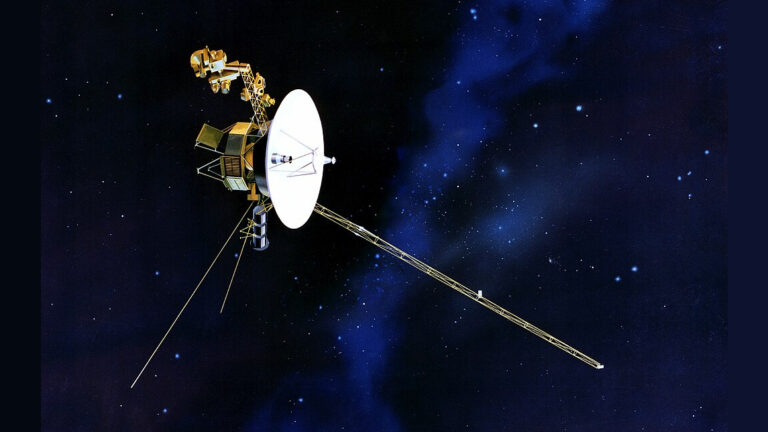Short answer: Space is so vast that the odds of Voyager 1 or 2 hitting something is that rare.
Long answer: The fact is that both do encounter space dust along their journeys. They were designed to endure the impacts of small dust particles of less than 1 mm commonly found in space. It’s also true that hitting a half inch rock would be catastrophic, especially at their high speeds. Voyager 1 is travelling at 17 kilometers per second (38,000 mph), and Voyager 2 at 15 kilometers per second (34,000 mph).
How sparse is space? In between things like comets, space only has a few atoms per cubic meter, typically just a few hydrogen atoms. If space were more dense, light would struggle to make it to us. For example, light would be mostly blocked if there were billions of hydrogen atoms per cubic meter, or a mix of many millions of heavier atoms. To compare, air to humans seems transparent, like there’s nothing there. In reality, air has about 25 billion billions of atoms per cubic meter and we have no trouble seeing light traveling many thousands of miles. To simplify, over the vastness of space, the density of our air would for sure block out distant galaxies. Bottom line, if the Voyager vehicles could travel through air, they can travel through space much easier.
While half inch rocks and even boulders are nearly invisible in space, and there was some question whether either might hit one, space is that vast and they did not. The successful operation of the Voyager spacecraft over decades now serves as practical validation of our understanding. To explore Natural Philosophy, take the 6-minute science deep dive: The Expanding Universe Explained.









